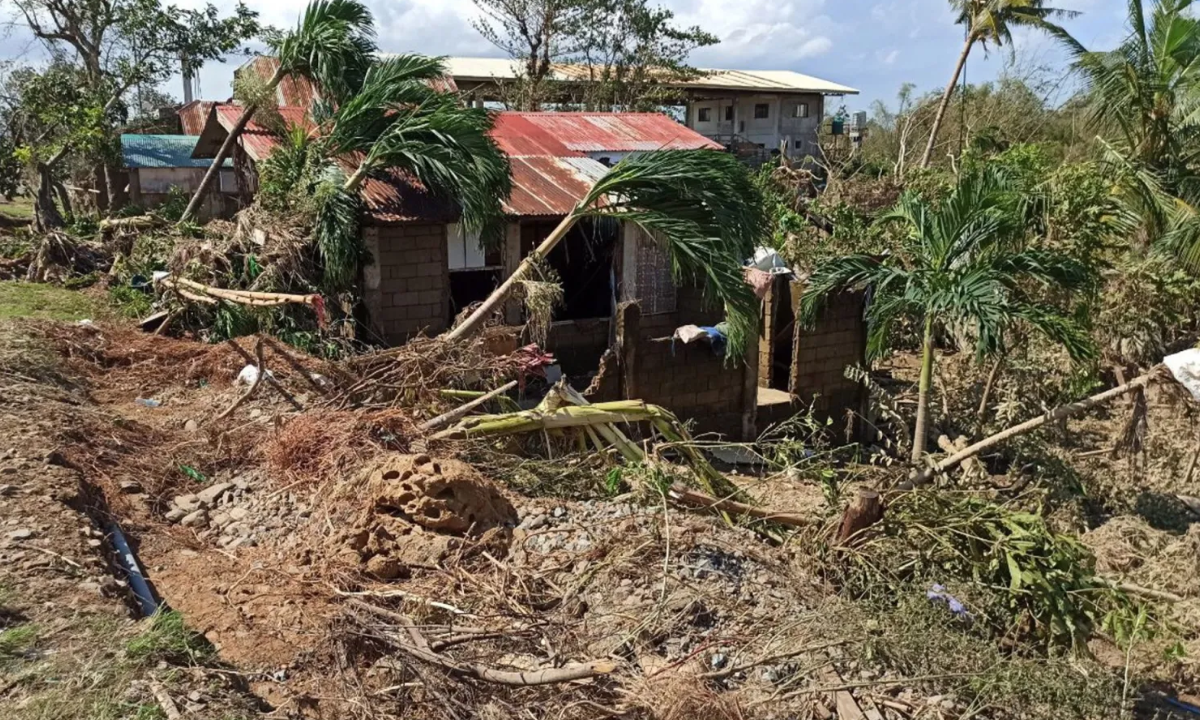Science versus chaos: NASA's satellite that captured Typhoon Phantom and predicts future hurricanes

Typhoon Phanfone, also known in the Philippines as Ursula, made landfall on December 25, 2019, severely impacting several regions of the country.
With sustained winds of up to 200 kilometers per hour, the storm left at least 16 people dead, thousands displaced, and severely damaged infrastructure , according to the Philippine National Disaster Response Agency.
The system, which had formed days earlier over the Pacific, had a particularly severe impact on the central Philippine archipelago, with the Visayas and Luzon islands suffering the most severe consequences.
Among the worst hit areas were popular tourist areas such as Boracay and Coron, where access was cut off , leaving hundreds of visitors stranded.

Popular tourist areas were among the hardest hit. Photo: EFE.
According to information released by NASA, the Aqua satellite captured images of the typhoon showing its formation in a perfectly defined spiral.
These satellite images, in addition to their visual value, are essential for monitoring these types of phenomena and for the timely activation of emergency protocols in at-risk countries.
Pacific typhoons, equivalent to Atlantic hurricanes and Indian Ocean cyclones, unleash tremendous energy that can devastate crops, homes, and infrastructure, with consequences that perpetuate poverty in the affected regions.
In the case of Phanfone, thousands of families spent Christmas in makeshift shelters, remembering that nature doesn't follow the calendar.

Image of Typhoon Phanfone captured by NASA's Aqua satellite. Photo: NASA.
The typhoon's passage left homes destroyed, widespread power outages, and communications collapsed. According to reports reported by AFP, the city of Kalibo—the gateway to Boracay —suffered severe damage to its airport, forcing the suspension of flights and leaving dozens of tourists, mostly foreigners, stranded and unable to return.
Jonathan Pablito, police chief of Malay Municipality in Aklan province, explained that ferry services between Boracay and the main island have also been suspended since the 24th, making it impossible for people to cross to and from the resort island.
Although less intense, Phanfone followed a similar path to Super Typhoon Haiyan , which left more than 7,300 people dead or missing in the Philippines in 2013.
*This content was written with the assistance of artificial intelligence, based on publicly available information released to media outlets. It was also reviewed by a journalist and an editor.
More newseltiempo




